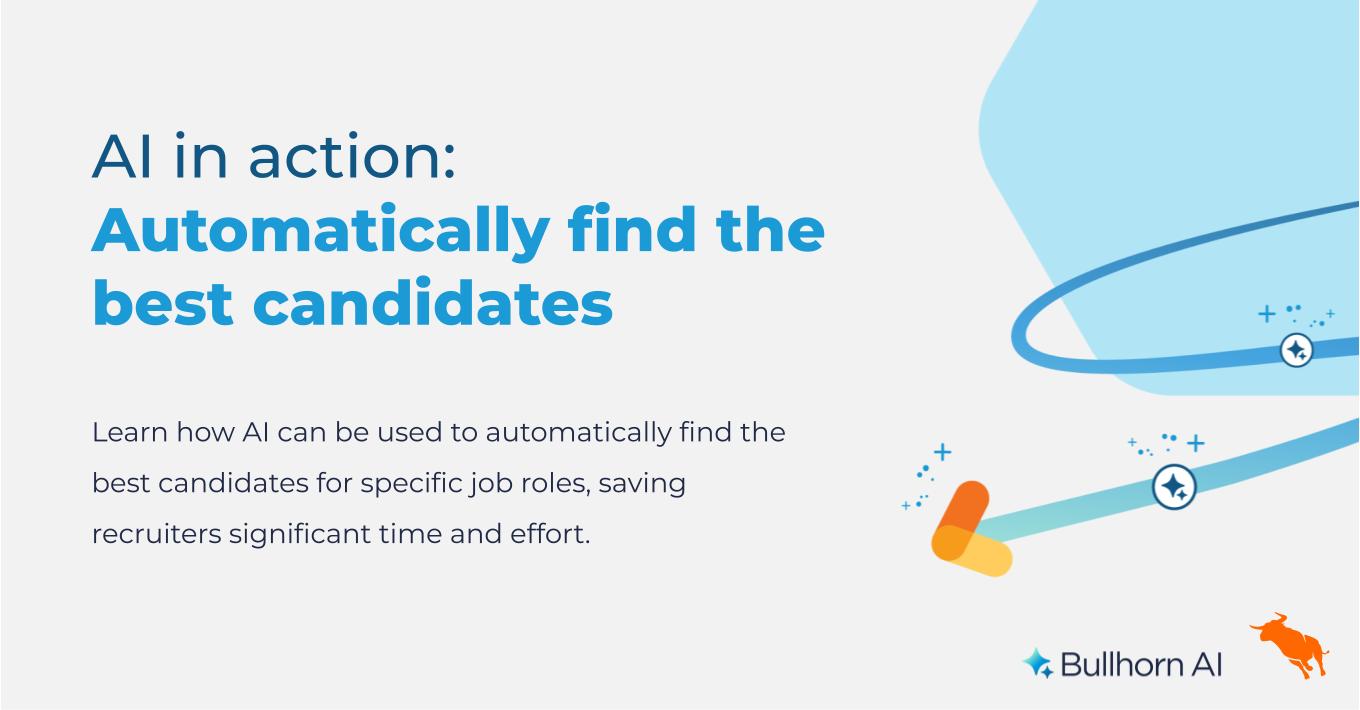5 Ways to Optimize Your Internal Training Program
Without proper training, even the most experienced employees are left to discover the most efficient tactics and processes on their own, which can cost recruiting firms time and money. A training program provides staff with the opportunity to practice and receive feedback around the particular techniques and methods that your staffing firm uses. It should be a fundamental component of your onboarding program. Yet despite its importance, most staffing companies don’t have a proper training program in place. Most employees are trained by peers, which can cause frustration and stress among employees that are new to the environment.
Putting a formal internal training program in place will increase productivity and free up managers’ time. Once you have a well-trained staff and everyone is working together with the same expectations, then it will be easier to retain staff. Also, when you invest in a proper training program, you open yourself up to being able to hire candidates at all levels, and not just seasoned recruiters/salespeople. If you train them, then you can mold them to have the habits you know are successful.
If you have not yet invested in an internal training program at your organization, then here are a few key ways to get started. If you do have a formal internal training program already in place, then read through the following steps to see if there’s anything you can do to further optimize it.
- Obtain Executive Buy-In – If your leadership team doesn’t believe in creating/maintaining a formal program, then it will die.
- Enforce Accountability – Managers need to be held accountable for ensuring that their employees are following the company guidelines. A good program focuses not only on product guidelines, but internal processes as well.
- Appoint Ownership – Someone needs to be the point person or owner of the training program, regardless of company size. If you are a larger company, then you may want to hire a full-time person to take on this responsibility. If you are a smaller company, then the training program might become part of a current employee’s role.
- Develop Job Aids (Handouts) – Sharing one sheets with best practices and how-tos can serve as helpful resources for new hires and employees. For example, you may want to create a one-sheet on:
- How to Conduct a Reference
- Submission to Placement Life Cycle (this doesn’t have to be about the CRM, but about all the interactions that a recruiter needs to have with a candidate to make a successful placement)
- How to make successful cold calls
- How to close a Candidate on an offer
- Proper Activity Tracking – if you are measuring an employee’s activity (e.g. number of Submissions, number of Jobs Added) ensure they know the actions that they need to do in the system so that there aren’t any questions at the end of the week. “If it isn’t in Bullhorn, it doesn’t exist.” Make sure you keep the information up-to-date and relevant. Empower everyone, even power users, to create the content (e.g. PowerPoint presentations, Word documents, videos, etc.) and share it.
- Consistency/Ongoing: Training isn’t just about telling employees how to do something once. People typically learn by repetition and through a combination of delivery methods. Conducting “Learn it Lunches” where employees can either learn about a new feature that has been released or a refresher on existing functionality. Find out from your employees what they want to learn about because if you end up creating content without their input you might be missing the mark. Similar to the Job Aids, encourage others to create the content and deliver the training. Also, record any live sessions so they can be viewed at a future time.


 Bullhorn’s marketplace of 100+ pre-integrated technology partners gives recruitment agencies the tools they need to build a unique, future-proof solution.
Bullhorn’s marketplace of 100+ pre-integrated technology partners gives recruitment agencies the tools they need to build a unique, future-proof solution.




